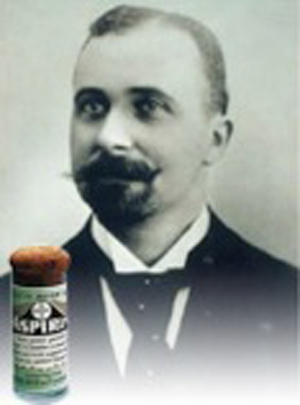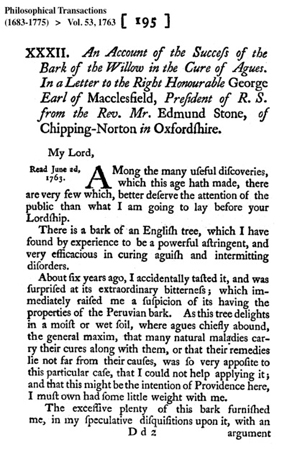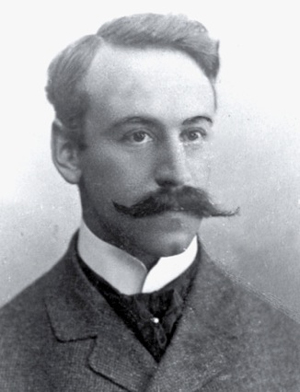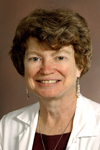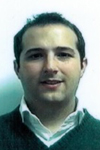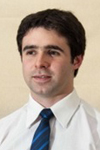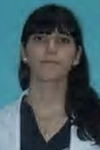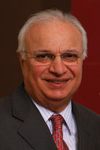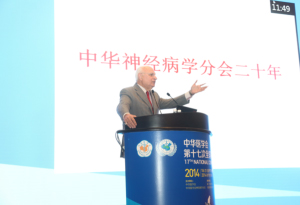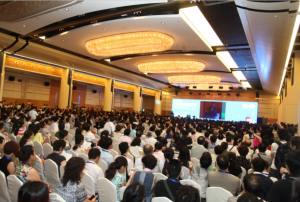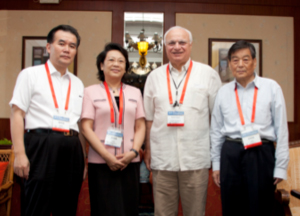By Jacques L. De Reuck
The Membership Committee of the World Federation of Neurology (WFN) will make a special effort during the coming years to attract neurologists of different countries who have difficulties to become part of the WFN, in particular from Africa.
For those countries that do not yet have a national neurological society, we propose to individual neurologists to apply first for Associated Membership, so that they can become familiar with the WFN and later apply for a full membership when they are able to form a national neurological society.
This proposal is not restricted to African neurologists. In order to overcome existing language barriers, we will accept proposals in French or Spanish, that will be translated into English when submitted to the WFN Board and Council of Delegates at the next congress in Santiago, Chile.
Contact the chair of the Membership Committee with additional questions and remarks at dereuck.j@gmail.com.
We hope that you will join us, so that the WFN will become more representative and able to stress the importance of neurological diseases in the World Health Organization.
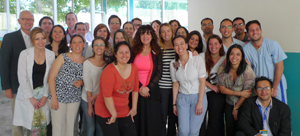
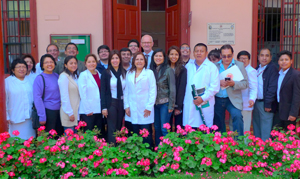
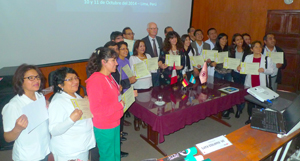
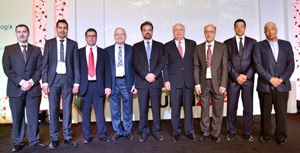 By Bassem I. Yamout, MD, FAAN
By Bassem I. Yamout, MD, FAAN